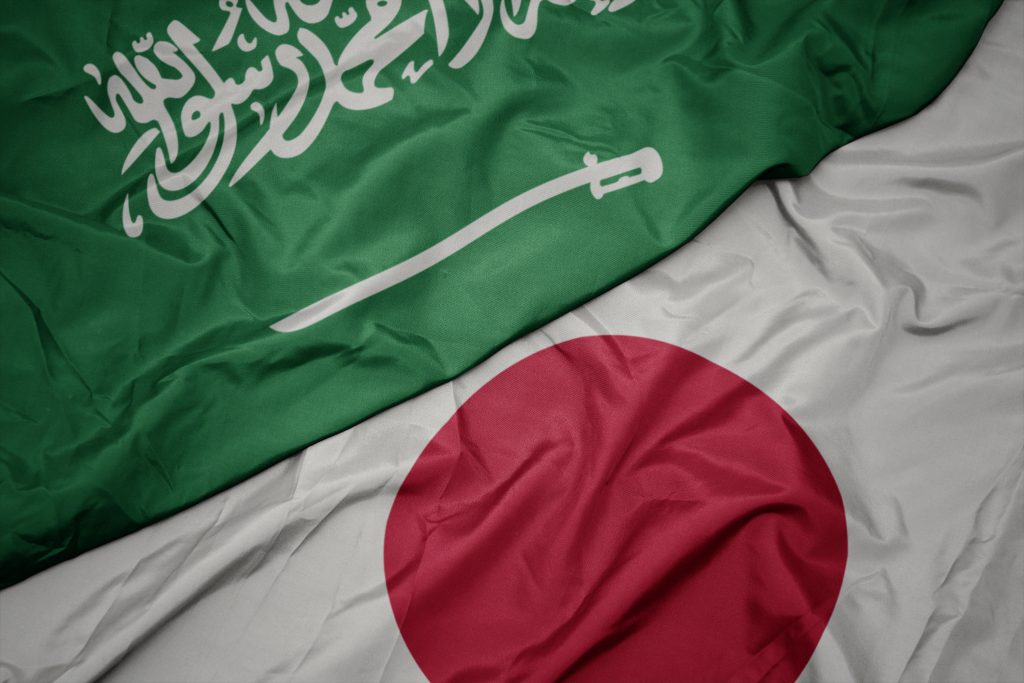
- ARAB NEWS
- 18 Jul 2025

Hala Tashkandi Riyadh
Saudi Arabia is preparing to welcome Shinzo Abe, the prime minister of Japan, on his first stop in a tour of the Middle East during which he will explain Tokyo’s plans to send Self-Defense Forces personnel to the region.
Saudi Arabia and Japan have an extensive history of interaction. With the establishment of formal diplomatic relations in 1955, ties between the two countries have grown deeper and wider.
Interaction between the two countries long precedes the establishment of diplomatic relations, Faisal Trad, a former Saudi ambassador to Japan, told Arab News.
“Communications started a long time ago, in the 19th century, when Japanese pilgrims visited Makkah,” he said.
“Then in 1938, King Abdul Aziz received an invitation to attend the opening of the grand mosque in Tokyo. The Saudi ambassador to the UK at that time, Hafiz Wahba, represented him.”
The Japanese government proposed establishing diplomatic relations with Saudi Arabia in 1953. In 1955, the Saudi government replied through its embassy in Egypt, giving its assent to the Japanese proposal. Thus, the groundwork was laid for a new era of Saudi-Japan ties.
Saudi Arabia opened its embassy in Tokyo in 1958 while Japan opened its diplomatic mission in 1960 in Jeddah, before moving it to Riyadh in 1984.
One incident in particular, predating the establishment of official relations, involving Japan’s Emperor Emeritus Akihito and the late King Fahd, has entered diplomatic lore.
At the coronation of (Britain’s) Queen Elizabeth II in 1953 in London, Saudi Arabia was represented by Prince Fahd (later Crown Prince Fahd and King Fahd), instead of the king. Prince Akihito was there to represent Japan.
When Prince Fahd realized that he had been given a seat in the first row and Prince Akihito in the third row, he immediately insisted on giving Prince Akihito his own seat. Although this amounted to a breach of British royal protocol, Prince Fahd insisted on giving his seat to Prince Akihito.
The story was recounted at the Foreign Correspondents’ Club of Japan in Tokyo in July last year by Arab News Editor-in-Chief Faisal Abbas, who cited it as an example of the esteem in which Saudi Arabia has always held Japan.
“A friendship grew out of mutual respect ever since that moment. In some circles, it’s a very famous story, and whenever there’s a state visit, it’s always repeated. That shows you the level of respect between the leaderships of the two countries,” he said.
Over the decades, Saudi-Japan ties have gone from strength to strength.
In September 2016, Crown Prince Mohammed bin Salman paid an official visit to Japan, during which he met Prime Minister Abe. A joint decision was taken to set up the joint Saudi–Japan Vision 2030 group, inaugurating a new era of partnership between the two countries.
Trad, the Saudi diplomat, says relations between Saudi Arabia and Japan have evolved into a diversified strategic partnership.
“Today, understanding both countries’ cultures is an essential factor in deepening and boosting bilateral relations and establishing a solid strategic partnership,” he said.